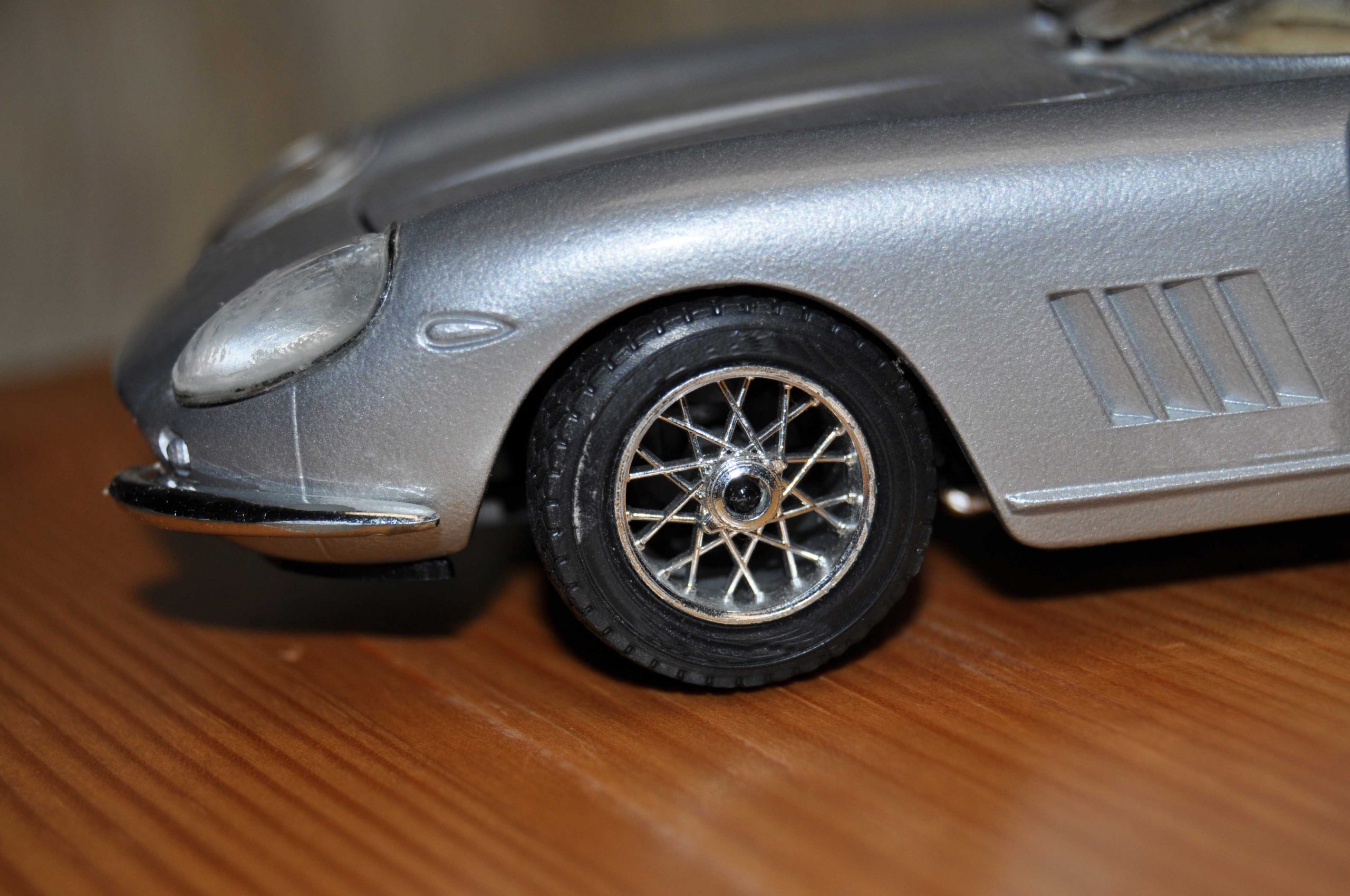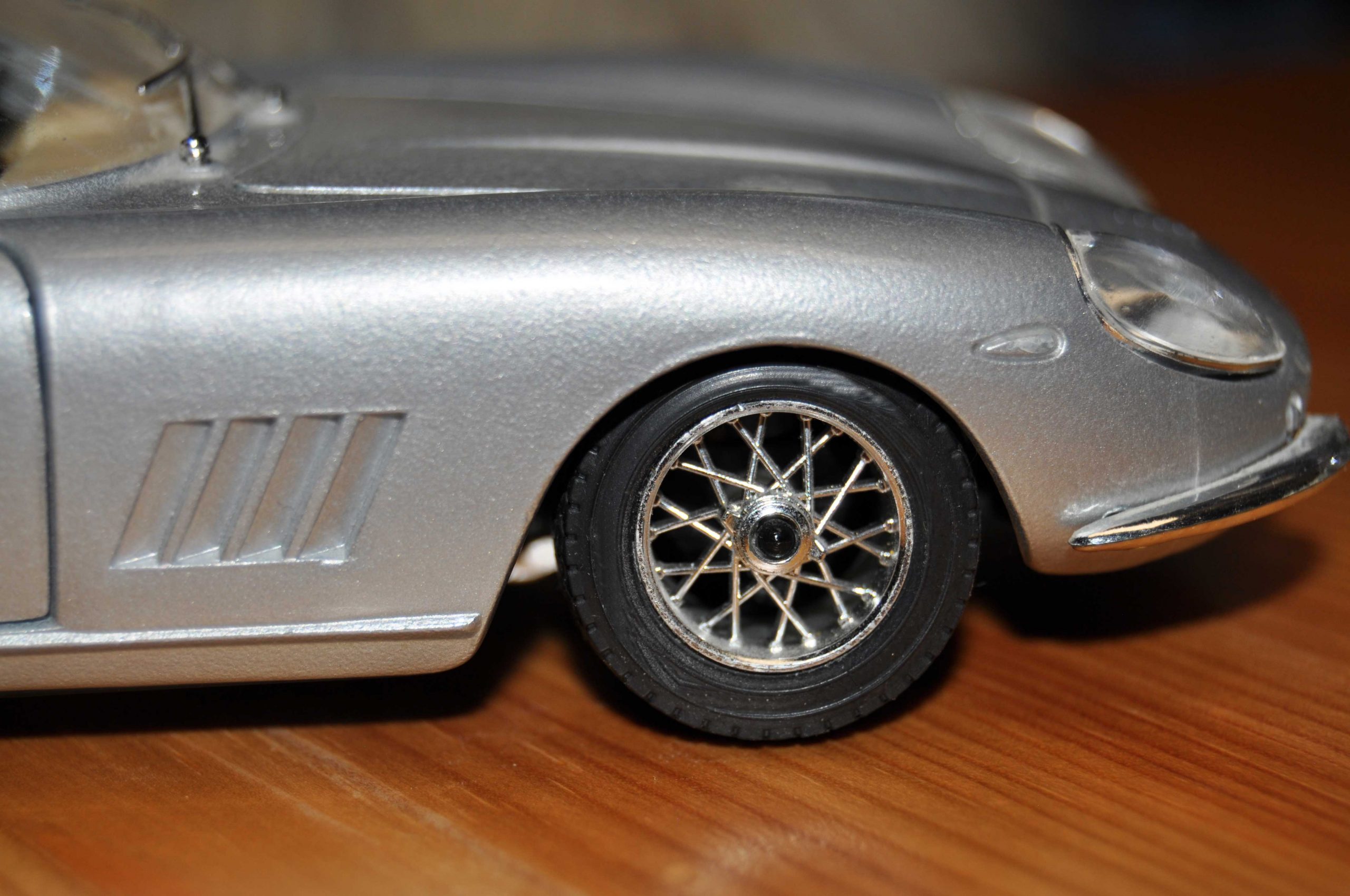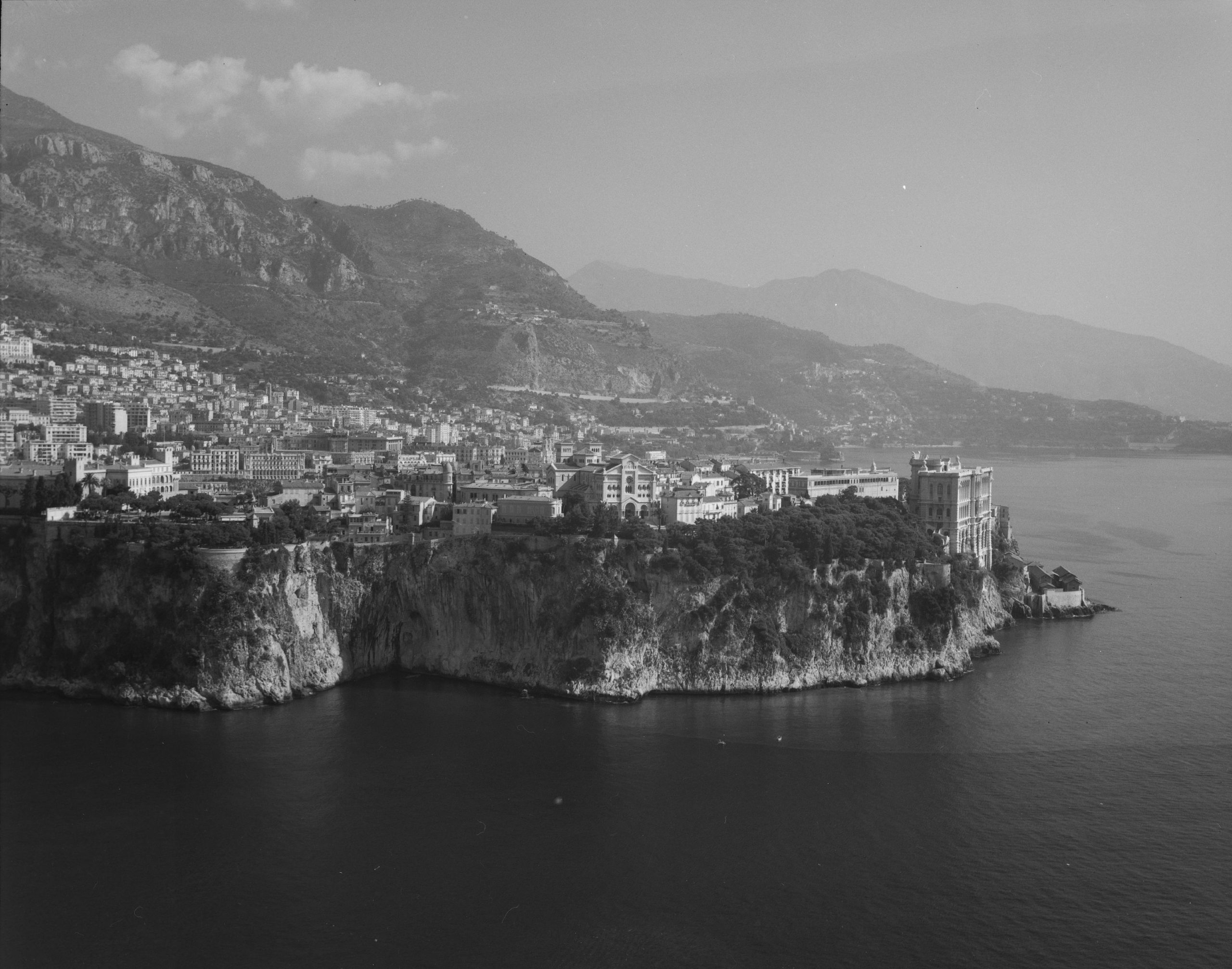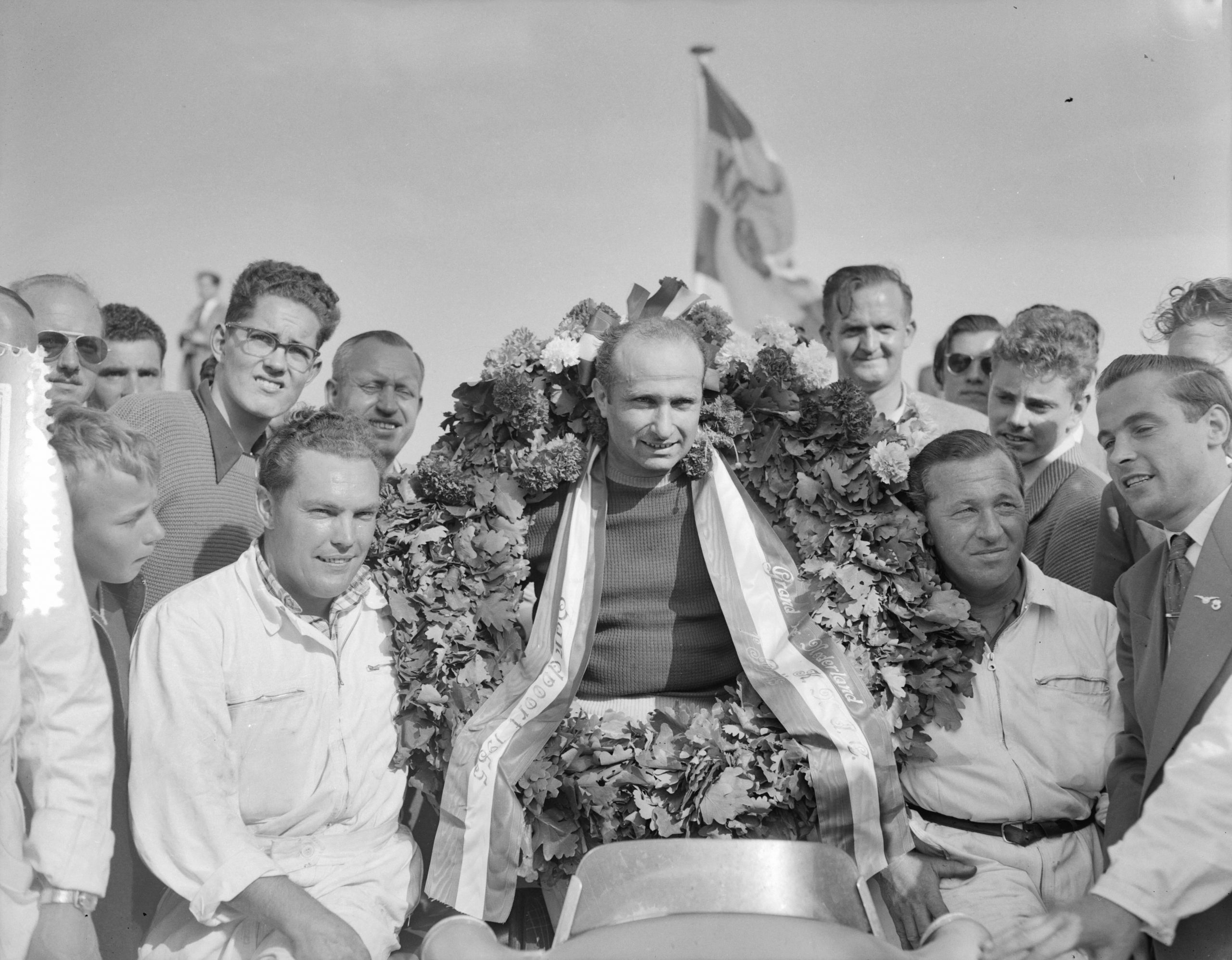In 1923, the young racing driver Rudolf Caracciola was faced with a difficult decision: He had to choose between a racing career and studying at a technical university – the two would not be compatible. “I wanted to be a racing driver from the age of fourteen,” Caracciola would later write in retrospect in the biography “My World” published in 1958. Studying at a university would undoubtedly have given him the tools to construct a racing car, but he would hardly have been able to pursue his racing career.
In Remagen, the young racing driver’s birthplace, the name Caracciola was not unknown: The Caracciolas ran a hotel there. Later it became known that the Caracciolas were originally descended from the family of the Neapolitan Count Caracciolo – Rudolf Caracciola, however, did not emphasise this fact throughout his life.
At the beginning of the twenties, Caracciola eked out a living as a car salesman in Dresden – not exactly a pleasant profession at the time, considering the enormous inflation of the time. If a customer bought a car for a considerable sum, the equivalent of the sales price a few weeks after the sale, when the car was delivered, was perhaps the equivalent of two headlights.
The roots of today’s Mercedes Formula One team go back to the era of Rudolf Carraciola.
Sales official – or racing driver after all?
However, when the Daimler-Motoren-Gesellschaft in Dresden became interested in the young Caracciola, the situation changed decisively: he was hired as a sales official and given the opportunity to compete in national racing events with one of the new supercharged cars. In the end, Caracciola proved to be much more lucrative for Daimler-Motoren-Gesellschaft as a racing driver than as a sales official: now Caracciola could pursue his true passion, motorsport – and with great success.
In 1924 and 1925 Rudolf Caracciola scored numerous victories for Mercedes – in 1925 he won eight races for his team. The enthusiasm that motorsport was already generating at that time was enormously valuable for the emerging automobile industry: there was great competition between the various manufacturers for the best places – and it was precisely this competition that spurred the manufacturers on to constantly improve and perfect their vehicles. Rudolf Caracciola played a major role in this early era of motorsport history – in particular, the roots of today’s Mercedes Formula One team go back to the era of Rudolf Carraciola.
Those were different times
Motorsport, which was becoming increasingly important, soon demanded the organisation of a national race: until then, most motorsport events in Germany had always taken place on a regional scale. The very first German Grand Prix was held at Berlin’s AVUS in 1926 – at that time, the AVUS was a simple racetrack consisting of two long straights connected by a narrow south turn and a more spacious north turn. Today, this race track no longer exists – the remnants of this legendary race track are now part of a motorway section near Berlin. The track was asphalted – by no means a matter of course back then. In fact, an asphalt track was considered disadvantageous at the time, as this surface became extremely slippery in rainy weather conditions.
At that time, many people, including those outside the paddock, were prepared to put their lives on the line for the fascination of motorsport: When Caracciola’s teammate Rosenberger lost control of his Mercedes at the first German Grand Prix, he crashed into a timekeeper’s house – the two young men in the timekeeper’s house died at the scene of the accident, another succumbed to his injuries a short time later. Those were different times back then: the race went on without any significant interruption. Rudolf Caracciola won the very first German Grand Prix in 1926 with a lead of more than three minutes over the runner-up – so the young racing driver had already immortalised himself in the history of German motorsport. Rudolf Caracciola can be considered the first successful racing driver of German origin.
Mille Miglia
Motor racing in the twenties and thirties often pushed the material and the drivers to the limits: The 1930 Mille Miglia, a car race on public roads across northern Italy, stretched over 17 hours – the first time a Mercedes had competed in this legendary race with Caracciola in the cockpit. In the overall classification, Caracciola’s team finished in 6th place, and in the class of cars up to 8 litres engine capacity, his team emerged as the winner. On the 1609 kilometre long track, they achieved an average speed of 92.8 km/h – an almost unimaginable performance today, considering the material the drivers were working with at that time. One year later, at the 1931 Mille Miglia, Rudolf Caracciola became the first non-Italian driver to take the overall victory in the legendary race.
Rudolf Caracciola also took part in the very first Monaco Grand Prix on 14 April 1929: Caracciola was forced to start from the very end of the field and finally finished the race in third place – an absolutely magnificent achievement, considering that the street circuit of Monaco was already an enormous strain on man and machine at that time. The first Monaco Grand Prix lasted just under 4 hours: Four hours in a car without damped steering – every little bump was felt by the driver’s entire body – was everyday life for a racing driver of that time.
Stroke of Fate
In the winter of 1932/1933, the Monegasque racing driver Louis Chiron and Rudolf Caracciola founded the racing team Scuderia CC (CC = Chiron/Caracciola) – but before the first start of the new Scuderia at the Monaco Grand Prix in 1933, a tragic accident occurred: During practice for the Monaco Grand Prix – Caracciola was driving an Alfa Romeo in the meantime – a front wheel blocked and the car skidded into a stone staircase. The doctor’s diagnosis after the accident was devastating: the doctors were of the opinion that Rudolf Caracciola would never again take a seat in a racing car. But motorsport meant too much to Caracciola to simply give it up: All levers were pulled to ensure that the racing driver’s injuries would heal again and a special doctor was commissioned to treat Caracciola. Although at the end of his recovery his right leg was more than five centimetres shorter than his left, Caracciola worked his way back to the top of motorsport: Caracciola “was to usher in the era of the Silver Arrows”, as Günther Molter put it in his biography of Rudolf Caracciola…
Mercedes no longer had any use for racing drivers during the years of the Second World War, including Rudolf Caracciola.
The Last German Grand Prix
Despite the constant pain that now accompanied Rudolf Caracciola permanently as a result of his accident, the racing driver scored great successes for Mercedes between 1934 and 1939: Between 1926 and 1939, Rudolf Caracciola won the German Grand Prix a total of six times – in particular, his victory in the 1939 German Grand Prix, the last before the start of the Second World War, is remembered as a special motorsport event: at that time, more than 300,000 spectators are said to have travelled to the Nürburgring for the German Grand Prix. It was as if all these people suspected that such an event would be an impossibility in just a few months – but it was not only for the spectators that the passion for motorsport was something that soon became a distant memory for many years: Mercedes no longer had any use for racing drivers during the years of the Second World War, including Rudolf Caracciola.
Immediately after the Second World War, Mercedes-Benz did initially not re-enter formula racing: Moreover, it was hardly possible to hold Grand Prix races in Europe, which was still shattered by the war.
Pioneer of motorsport
In his very last race on 18 May 1952, the Bern Grand Prix, Rudolf Caracciola suffered a serious injury to his previously unscathed left leg – this accident meant the end of a great career as a racing driver. His last great successes as a racing driver were meanwhile more than a decade ago – it is doubtful that without Rudolf Caracciola German motor sport would exist in its present form. Some motorsport enthusiasts even go so far as to say that Caracciola can be regarded as the most successful German racing driver ever up until the nineties – although in the meantime only motorsport die-hards remembered the successes and legacy of Rudolf Caracciola.
Just like the Argentinean racing driver Juan Manuel Fangio, Rudolf Caracciola belonged to a generation of racing drivers who founded motorsport in its present form: The enormous driving skill and the perfect control of the material distinguished both racing drivers. When one thinks of Rudolf Caracciola and his legacy, one is immersed in a different era of motorsport – the pioneering spirit of such racing drivers still forms the basis for the enthusiasm of many millions of people for Formula One today. In many ways, Rudolf Caracciola can be considered a pioneer of motorsport.
Cover picture: © Simon von Ludwig
Main source: Molter, Günther: Rudolf »Caratsch« Caracciola. Außergewöhnlicher Rennfahrer und eiskalter Taktiker [Extraordinary racing driver and ice-cold tactician]. 2009 Motorbuch Verlag

 Deutsch
Deutsch



